How are manual post-hole augers manufactured? |
||||
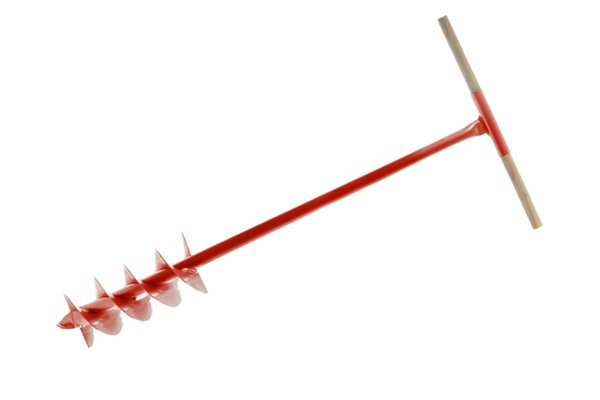 |
Most of a manual post-hole auger is made from tubular steel. The threads are made from sheet steel and some handles are made from wooden dowel. | |||
Manufacturing tubular steel |
||||
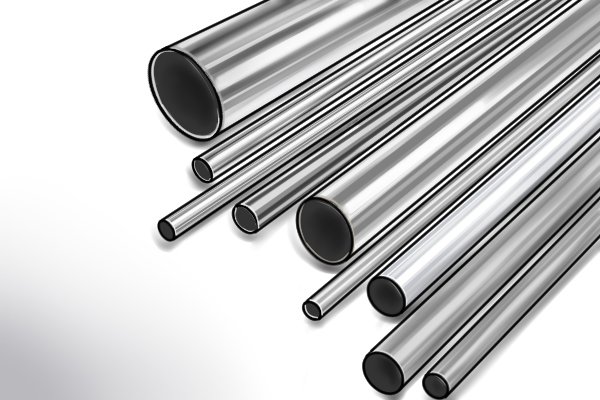 |
There are two methods of manufacturing tubular steel. One involves shaping a solid cylinder of steel into a pipe (seamless-pipe manufacturing), the other uses welding to join metal sheets together to form a pipe (welded-pipe manufacturing). | |||
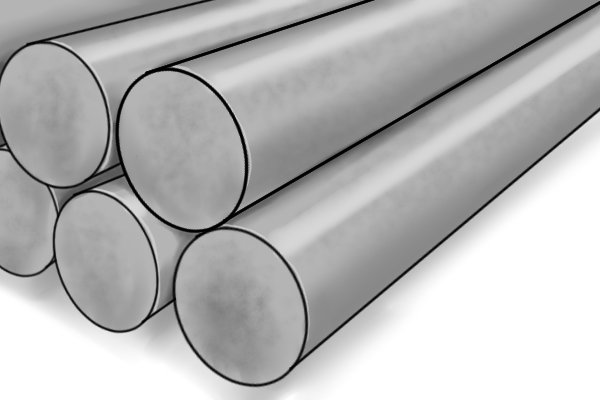 |
Seamless-pipe manufacturingA solid piece of steel (called a ‘billet’) is shaped, by applying heat and pressure, into a long cylinder shape called a ’round.’ |
|||
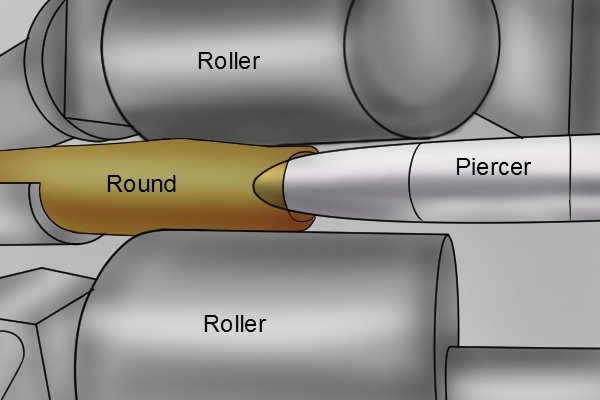 |
The round is heated until it is white-hot and then run through rollers which squeeze it and lengthen it. A bullet-shaped ‘piercer’ is pushed down the middle and along the length of the round. The round emerges as a tube of steel wrapped around the piercer. | |||
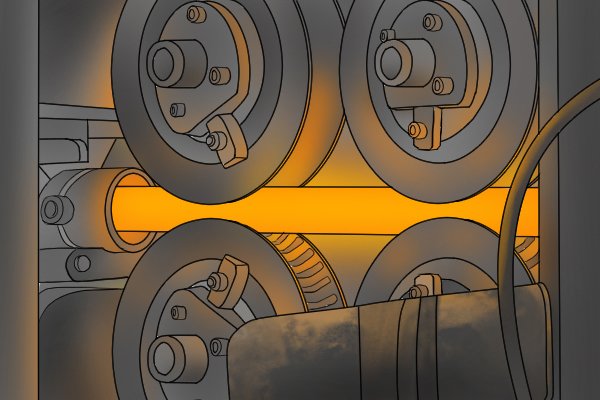 |
The whole object then undergoes another session of squeezing through rollers to form the correct thickness of pipe. The piercer is then removed. | |||
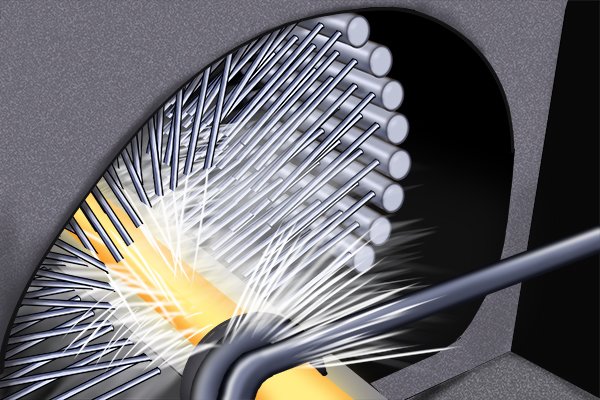 |
The hot steel pipe is cooled in water after which it is ready to be cut up and welded together into the shaft, handle and T-joint of a manual post-hole auger. | |||
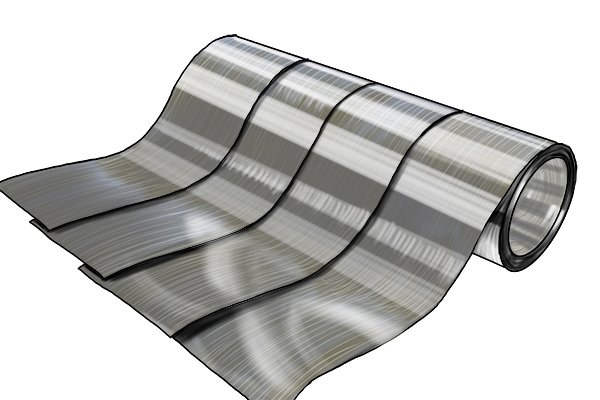 |
Welded-pipe manufacturingWelded pipe is made from long sheets of metal called skelp. The skelp is unrolled, heated and twisted into a tube. |
|||
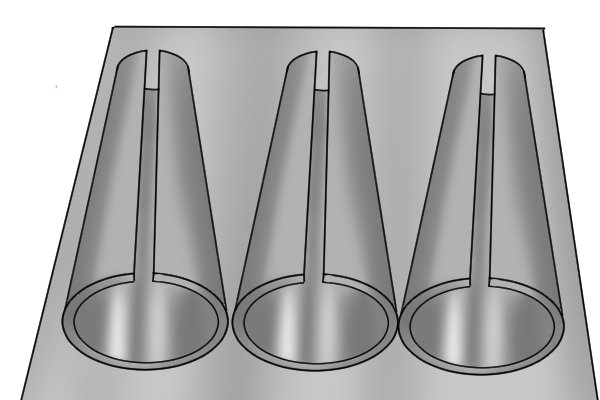 |
It can be curled lengthways… | |||
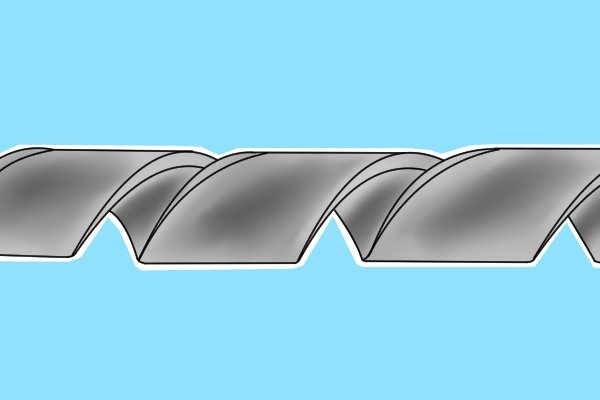 |
…or twisted into a spiral… | |||
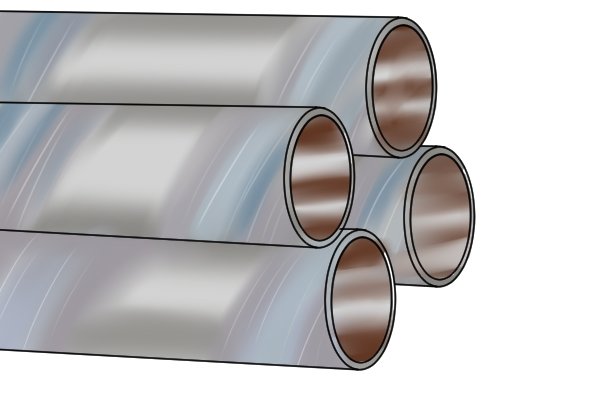 |
…before it is welded along the seams and passed through rollers to flatten the welds and correct any faults in the shape of the tube. | |||
Manufacturing threads or cutting plates |
||||
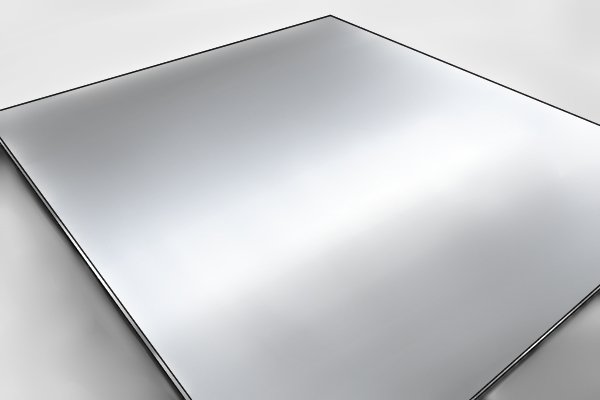 |
To make the threads or cutting plates of a manual post-hole auger, a sheet of steel is cut… | |||
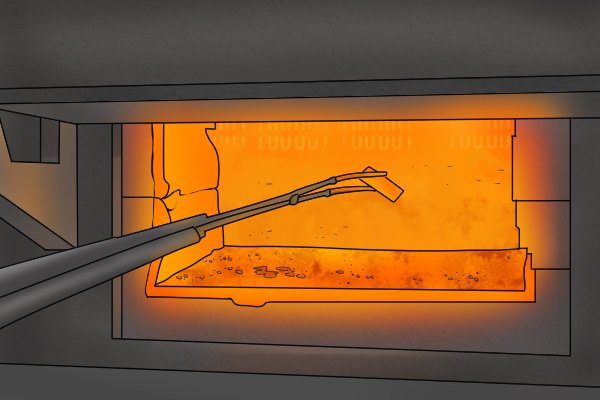 |
…heated and squeezed between rollers… | |||
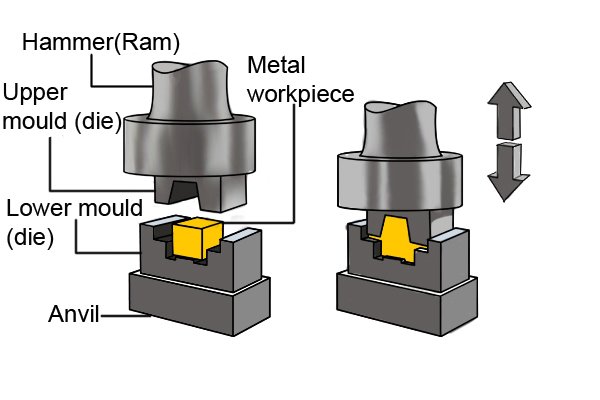 |
…and shaped with hammers to form the thread or cutting plate. | |||
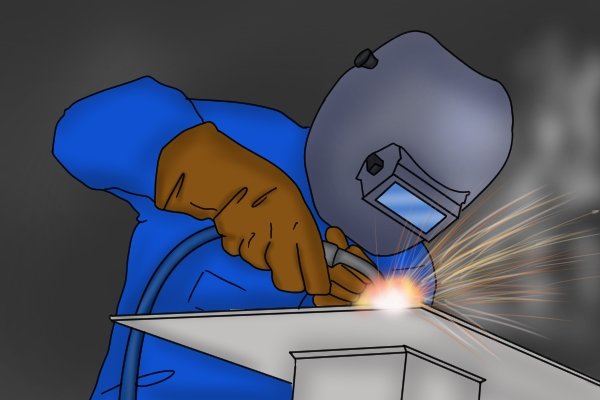 |
The finished thread is welded onto the shaft and all the metal parts of the manual post-hole auger are coated with a powder coating (see What are manual post-hole augers coated with?). | |||
Manufacturing wooden handles |
||||
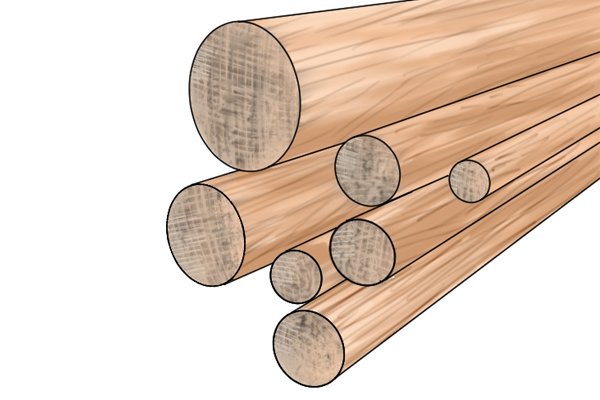 |
Rectangular pieces of wood are fed into a machine which shaves off strips of wood like a pencil sharpener to create cylindrical dowels. | |||
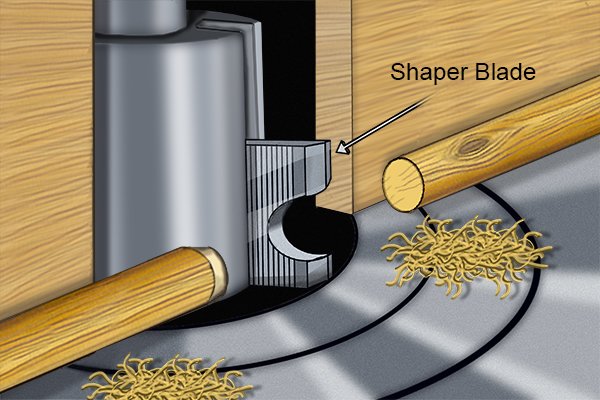 |
The dowels are cut to the right length for a manual post-hole auger handle and specialised ‘shaper’ blades are used to refine the shape of the handle to make it more comfortable to use. | |||
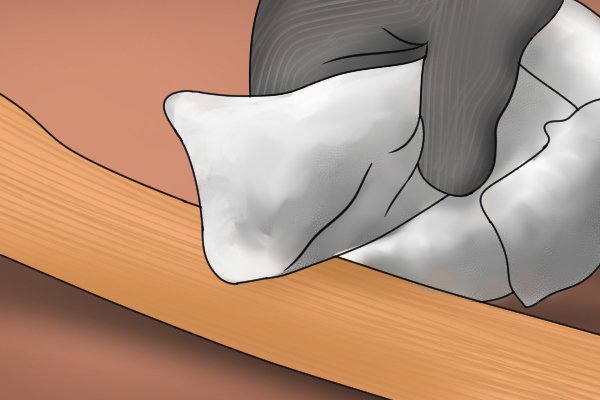 |
Finally, a coat of wood preservative is applied to the handle to protect the wood from rot. | |||
Manufacturing hand grips |
||||
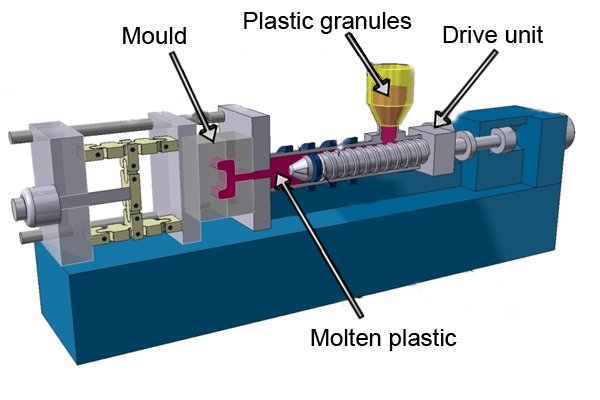 |
Hand grips are usually made from rubber, foam or plastic. All these materials are made into hand grips using a molten form of the material pressed into a mould.
Image supplied courtesy of Rutland Plastics. |
|||
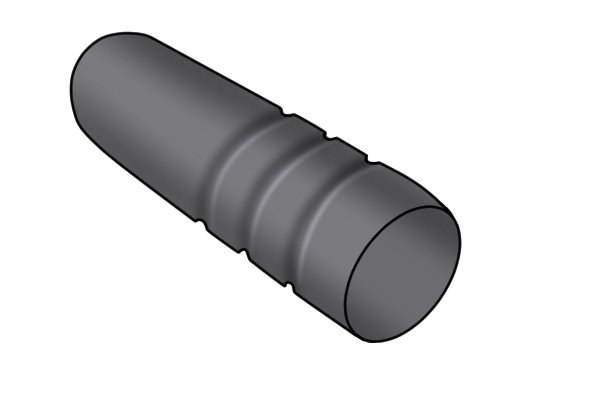 |
The interior of the mould is the shape of the hand grip so when the material solidifies a hand grip is produced. | |||
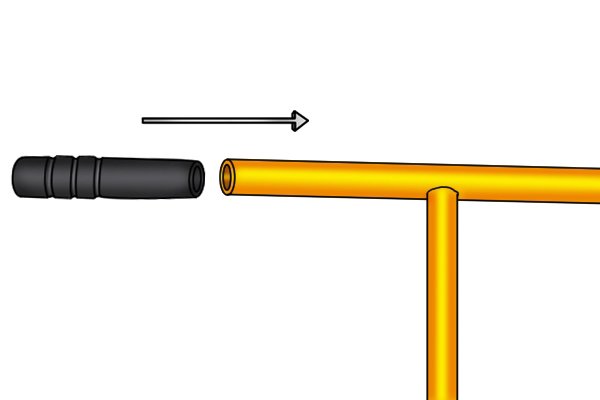 |
Excess material that did not fit in the mould is cut off and the hand grip is ready to be glued or slid onto the manual post-hole auger handle. | |||






